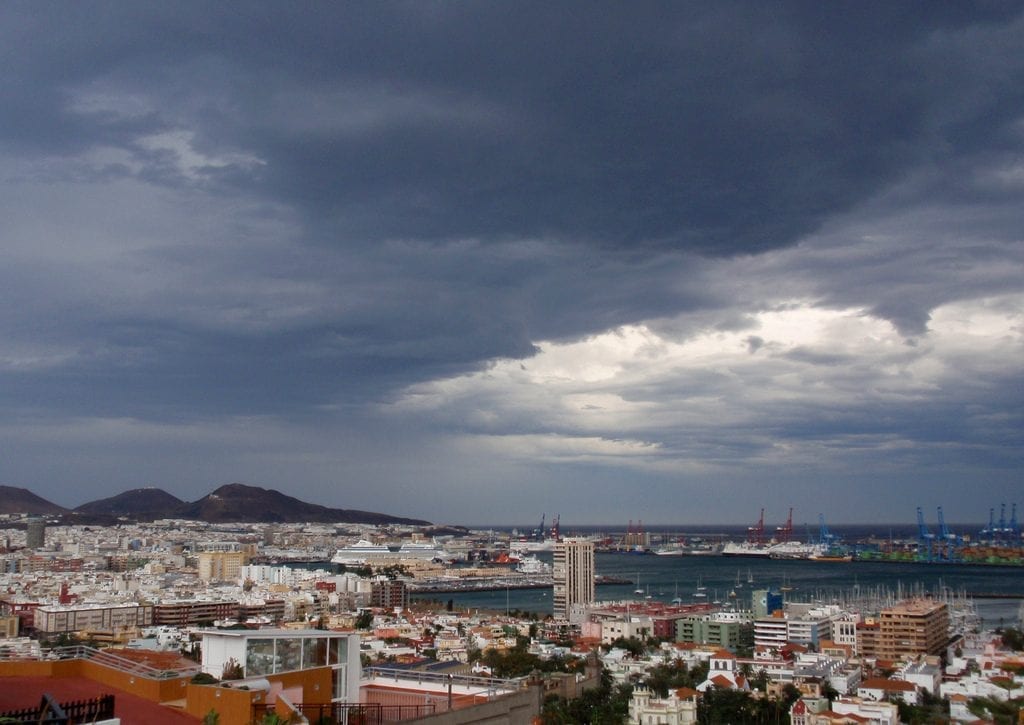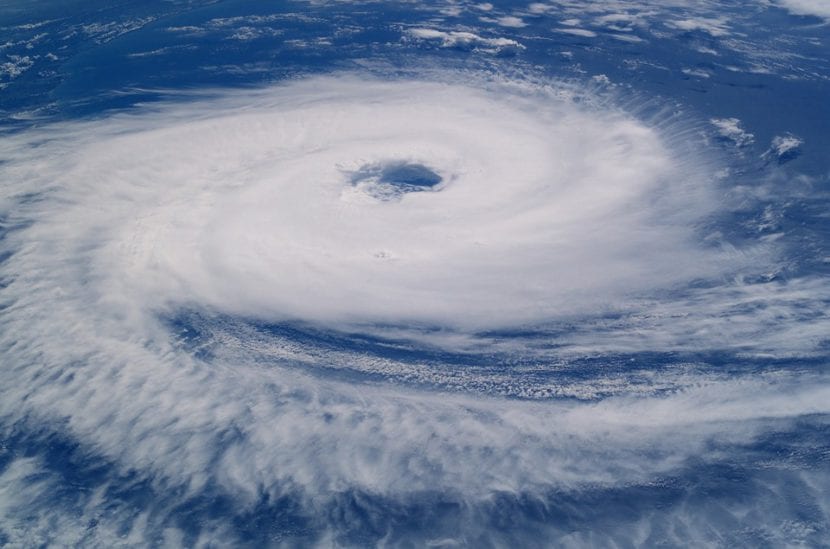
Storm. A magnificent word that you want to hear every end of summer, especially if rainfall has been low. They bring the long-awaited rains, but they can also take away hours of light, by bringing cloudy skies.
However, if the right conditions are in place, they can become potentially destructive meteorological phenomena, such as extratropical cyclones, whose winds can blow at more than 119km / h. Let us know how a storm is formed.
How are storms formed?

Storms, low-pressure zones, or cyclones, as they are sometimes called, form in the Intertropical Convergence Zone (ITCZ), when a cold front intersects a warm one. In doing so, the air mass heats up, rotates and ends up being trapped inside it. This trapped hot air is called a squall, which rotates clockwise in the Northern Hemisphere, or counterclockwise in the Southern Hemisphere.
They are associated with strong winds y atmospheric elevation, which covers the sky with clouds.
Types of storms

Several types of storms are distinguished:
- Tropical cyclone: known as tropical storms, hurricanes and typhoons, they are cyclones that form in normally tropical oceans. They have a strong low-pressure area on the surface and a high pressure at the upper levels of the atmosphere. They produce winds of 120km / h or higher.
- Extratropical cyclone: it is formed at latitudes greater than 30º, and is made up of two or more masses of air.
- Subtropical cyclone: it is a cyclone that forms at latitudes close to the equator.
- Polar cyclone: this cyclone develops very quickly, in just 24 hours. It is several hundred kilometers in diameter and has strong winds, although less intense than those of hurricanes.
- Mesocyclone: it is a vortex of air of approximately 2 to 10 km in diameter that is formed within a type of storms known as supercells. When the cloud falls, the rotation speed increases in the lower layers, so that a funnel cloud forms that can lead to a tornado.
Storms are very interesting phenomena, don't you think?
Hello, I read that "This hot air that is trapped is called a storm, which rotates clockwise in the Northern Hemisphere, or counterclockwise in the Southern Hemisphere."
If I don't get it wrong, anticyclones in the Northern Hemisphere rotate clockwise.
Sure there is something that escapes me, but I am far from understanding on this subject.